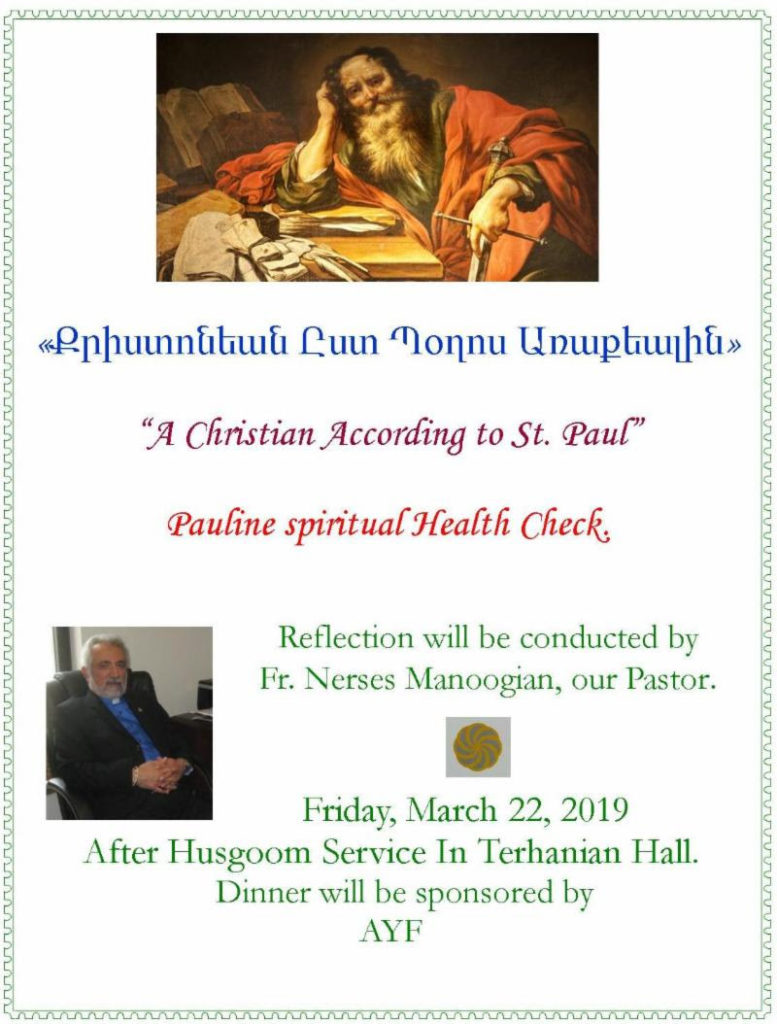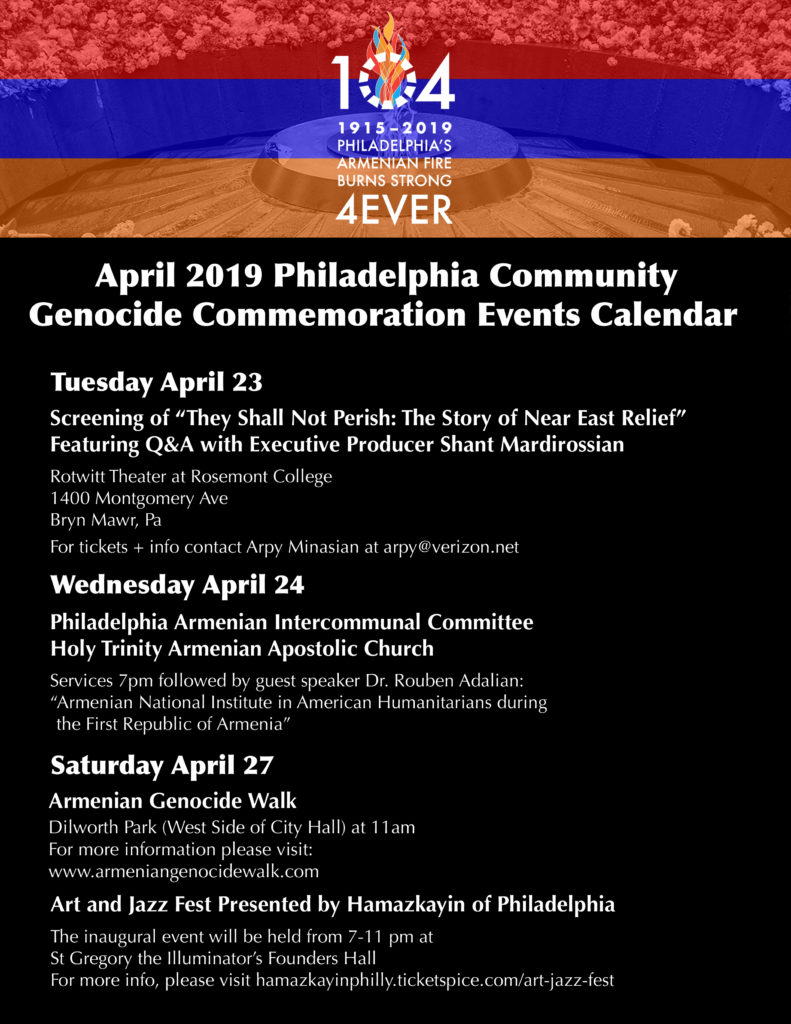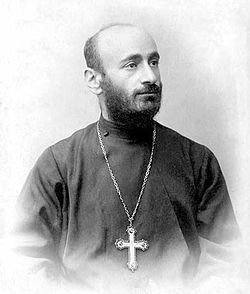Join us this Friday at Agoump for a Shish Kebab Dinner sponsored by Fyzical!


 Seroonian Armenian Community Center
Homepage of the Seroonian Armenian Community Center of Philadelphia, PA
Seroonian Armenian Community Center
Homepage of the Seroonian Armenian Community Center of Philadelphia, PA
Join us this Friday at Agoump for a Shish Kebab Dinner sponsored by Fyzical!


Join us this Friday Night at the Seroonian Armenian Community Center for Shish Kebab!
The dinner is sponsored by Anahid Hovagimian and Vahe and Ardemis DerZarian

Please join us tonight! The Hamazkayin will be running the children’s program at the Seroonian Community Center concurrently.


This week’s Friday night dinner is sponsored by the Community Center and prepared by Maral Kazanjian. The menu will be Sini Kufta, Vegetables and Djadjekh.

Know Your History

GOMIDAS
Arshag Chobanian named him the “Savior of Armenian music”
Soghomon Soghomonian , Gomidas was born on September 26, 1869 in Kutahya (Ottoman Empire). He was an Armenian priest, musicologist, composer, arranger, singer and choirmaster. He is considered the founder of the Armenian National School of Music. He is recognized as one of the pioneers of ethnomusicology.
Orphaned at a young age, Gomidas was taken to Echmiadzin where he received his education at the Kevorkian Seminary. During his first year at the seminary, Gomidas learned the Armenian music notation “khaz” system based on ancient numes developed earlier in the 19th century by Hampartsum Lemonjian and his students. He finished the seminary in 1893 and became a music teacher and was appointed the choirmaster of the Echmiadzin Cathedral. He was greatly influenced by Christapor Kara Murza who taught him for one year. He was ordained Vartabed in 1895 when he also completed the first collection of transcribed music, the “Songs of Agn” which included 25 pieces of love songs, wedding tunes, lullabies and dances. The ultra conservative clergy harassed him and as a result he left for Tiflis where he studied harmony under composer Magar Yegmalian.
Later in 1896 Gomidas went to Berlin and studied music at the Frederick Wiliam University in Berlin. He thereafter “used his western training to build a national tradition”. After graduating in 1899 he returned to Echmiadzin, he taught there and conducted the Kevorkian Choir. In 1903 he published a collection of songs titled “One thousand and one songs”. He collected and transcribed over 3000 pieces of Armenian music, more than half of which were subsequently lost and only around 1200 are now exist. Besides Armenian folk songs, in 1904 he published the first ever collection of Kurdish folk songs. His choir presented Armenian music in many European cities, earning the praise of the Claude Debussy among others. He transcribed the songs sung by the villagers around Echmiadzin, who affectionately called him “notaji vartabed”.
In 1910 he moved to Constantinople seeking to bring appreciation of Armenian music to a wider audience. He founded the “Kousan Choir”. One of his famous students was Parsegh Ganachian.
On April 24th 1915 he was arrested with many other prominent Armenians & banished to Chankiri, then on the intervention of Mehmet Emin, Halide Edib & Morgenthau he was released on order of Talaat. He suffered tremendously and was admitted to a psychiatric hospital in Constantinople. Later he was taken to an institution in Paris in 1919 where he died in 1935. The following year his ashes were transferred to Yerevan and buried in the Pantheon that was named after him.
The Yerevan State Musical Conservatory is named after him. There also exists a world-renowned String Quartet named after him. There are also many landmarks in Armenia named after him.
Nayiri and Asbet Balanian